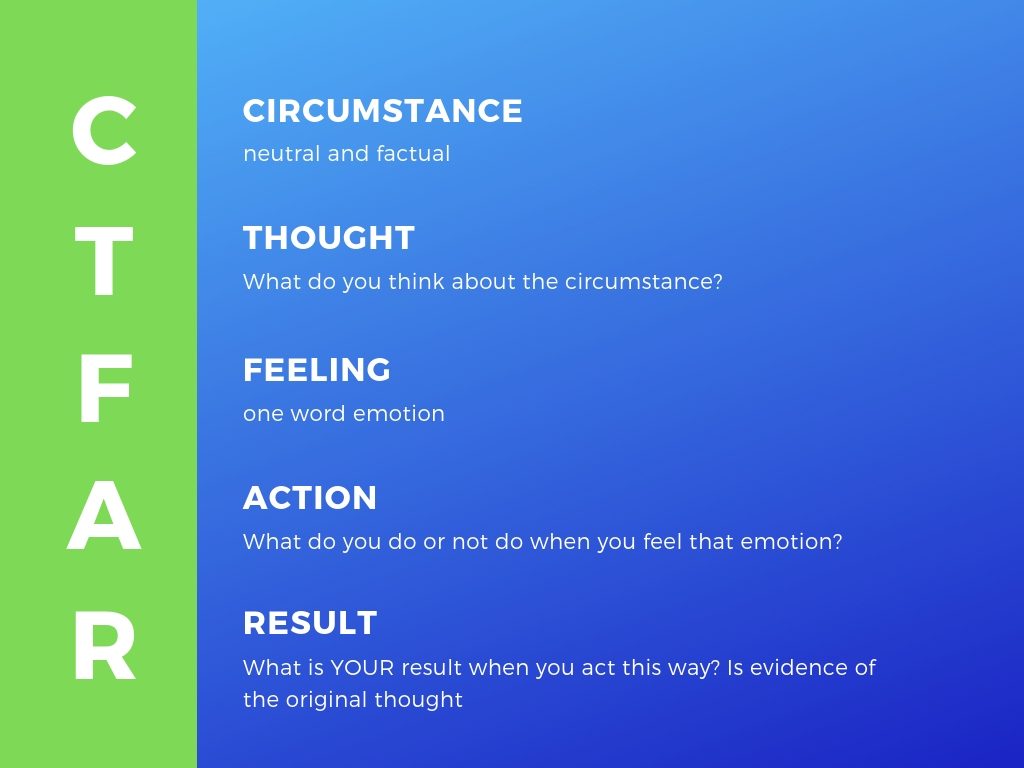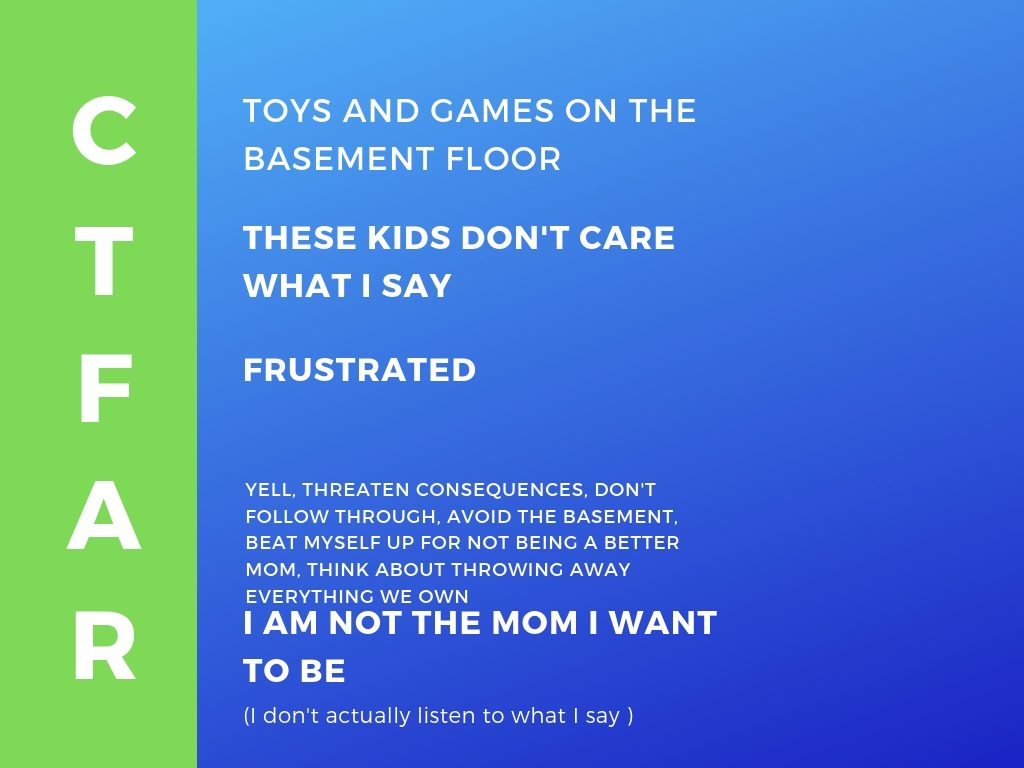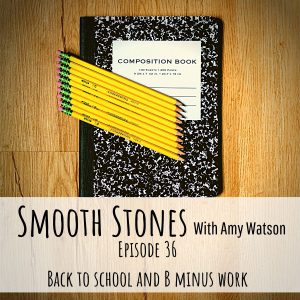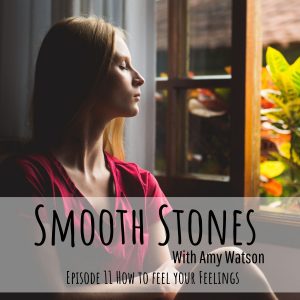Hey.
What’s up? Today has been a busy one and with a sick kiddo I get the feeling the night will be long as well. And that’s ok.
I had a lot of topics I wanted to write about this week, but I decided to come back to the beginning, the magical thing that makes my type of life coaching so incredibly powerful.
It’s so simple, but it really is life changing once you can understand and apply this tool in your life.
It’s called the Self-Coaching Model.
Because I’m not going to be with you 24/7, momma. You can use this one whenever you need it!
The Model was created by Brooke Castillo who is my inspiration, mentor and teacher.
She’s amazing.
So here are the basics of the model:

Circumstances are neutral. They are anything that is happening in your life, pared down to the facts. It also includes your past and other people’s behavior. Facts could be proven in a court of law.
Thoughts come next. We have about 60,000 thoughts per day. Look at them and if they have any subjective terms or descriptors, they are going to be thoughts.
Just figuring out the difference between thoughts and circumstances is so huge! Nothing that happens causes our emotions, only our thoughts about it. That’s why people have very different reactions to the same things. And why you may have a different reaction on a different day. These thoughts are what cause our feelings.
Feelings for this line, we want to put a one word emotion. Often when we ask how someone is feeling, they will start giving more thoughts. And often we have a hard time coming up with an emotion word. But this is a very important step. Feelings are what drive everything we do.
Actions In this line we look at our thoughts and feelings and describe what we do or don’t do when we are thinking and feeling this way. It’s very important to stay in the same space as you go through the model. This line can be longer and include many different things.
Results Our result is the consequence or effect of your actions. The result is always about YOU. And the result always ties back to the original thought.
It seems pretty simple, and it is with some practice. Again, it is so important that you can get your circumstance neutral, and then identify what you think about it. Some good questions to ask are “What am I making that mean?” or “why is this a problem?”
I’ll give you an example of a model I go through almost daily. First, I would write out my story.
We have a finished basement. There is closet with toys, games and movies. There are some plastic drawers with Legos and wooden train sets. My kids have chores and expectations. But every day the basement is a disaster! I have no idea what they are doing down there, but they are so disrespectful of our things. They don’t even put movies back in the boxes. They just don’t care. They walk over all the mess and do nothing about it. When I ask them to clean it they just go watch TV and I don’t realize it until the next time I go down there. It drives me crazy. I just want to throw all of it away! I don’t know why I can’t figure this out, I just want to take care of what we have and keep the house tidy. But these kids don’t even care what I say. I get so frustrated with them and I yell and I hate it. I don’t even want to go down there and deal with it anymore. If I was a better mom I would make sure they picked up and had better habits. It’s just exhausting.
I want you to look through that and pick out the facts and the story. And then we put this all into my model. Because right now, I am thinking that it is the things on the floor that are making me feel a certain way. I am giving all my power to my kids and the mess. But the Model clears it all up and gives the power back to me:

I couldn’t put “the messy basement” as a circumstance. That is descriptive. What some consider messy someone else would think looks great. It needs to be neutral and factual. And the other part of neutral is that it isn’t good or bad. It just is. Many of us would see a basemnt with toys on the floor as negative, but it’s really important to know that it isn’t. It’s just stuff in a certain position in the world. Everything I think about the stuff is what causes the drama. That’s the story.
Can you see how my thought is causing everything? It isn’t the toys. It isn’t the kids. It’s my thought that they don’t care what I say (and I think they should) that is making me so frustrated. So then I do not act my best when I’m feeling that way, and I end up really not being the mom I want to be. Which is a mom who keeps her power over her emotions. Instead of giving it away. Because the truth is, they are kids. And kids don’t care. Why would they want to clean unless they had to? So it’s my expectations of them and of me that are causing the pain here. If I want a different result, I need to move towards a new thought.
I’m going to leave this here for now, and in my next few posts we can dive into each line of the model. But like I said before, just noticing that our thoughts are not facts is so powerful. It’s hard to see our thoughts ourselves sometimes, and that’s where a coach is so helpful! Try running through a few models yourself this week and if you have questions, email me at amy@smoothstonescoaching.com, or catch me on Instagram or Facebook.





Pingback: Ladder Thoughts – Smooth Stones Coaching